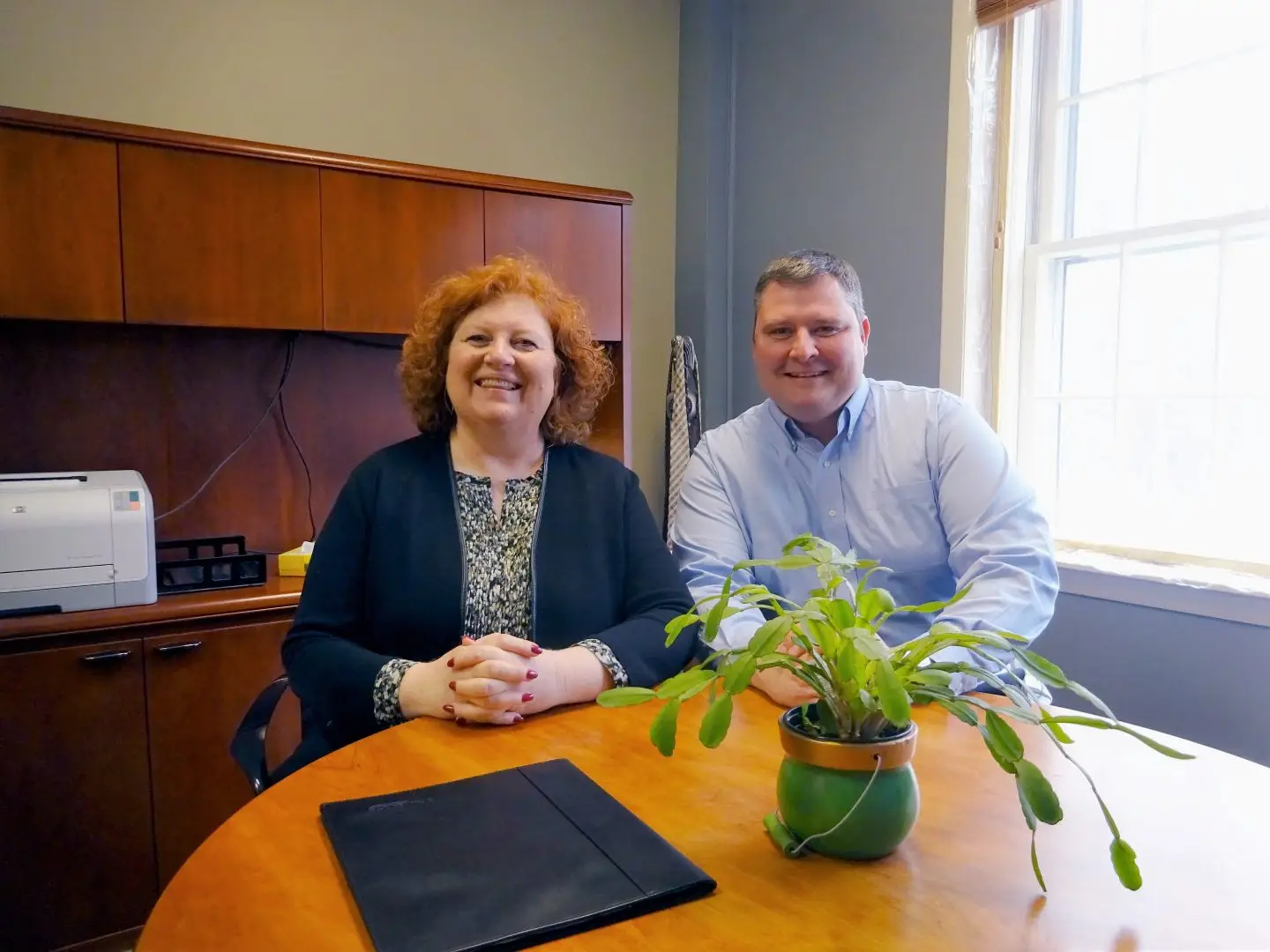The Southern New Hampshire University Office of Sustainability has released its first “Sustainability Highlights Report,” highlighting the progress made in the institution’s path toward effective sustainable practices. The major hurdles the team has accomplished are recognized in this report.
“For the first time, we have implemented enterprise-wide, responsive environmental reporting. These milestones reflect our collective effort and the commitment to creating a sustainable organization,” says Mike Weinstein, Ph.D, Director of Sustainability.
Sustainability has become a buzzword to some, but the Office of Sustainability is working hard to make meaning of sustainable practices by categorizing and reporting metrics such as Academics, Engagement, Operations, and Planning and Administration.
These areas of concern align with the Association for the Advancement of Sustainability in Higher Education, (better known as AASHE), and their reporting system, the Sustainability Tracking, Assessment and Rating System (STARS).
AASHE is a place for colleges and universities to track sustainability goals and progress related to the four metrics. The STARS program falls under AASHE as a self-reporting system rated on a numeric scale and categorized by Bronze (25), Silver (45), Gold (65), and Platinum (85) rating levels.
Since 2019, SNHU has been in the bronze rating, which acted as a baseline on which to improve. The 2024 highlight report shows that the work of the Office of Sustainability has been paying off. Pending confirmation, SNHU is classified as a silver STARS institution and is moving at a greater magnitude toward gold, having over 55 STARS points.
The academics rating has by far taken the biggest leap since the baseline in 2019. SNHU now has 82% of the academic departments offering sustainability-related courses and 35% of university employees conducting sustainability research.
Operations have also been at work reducing waste and greenhouse gas emissions through waste centralization, surplus sales, and a 3% decrease in total emissions. These emissions are split up into scope 1 and 2, and scope 3 emissions. 1 and 2 make up direct-use emissions, such as furnaces, institution-owned vehicle emissions, and electricity purchased. Scope 3 emissions are indirect emissions such as employee-owned vehicle transport, transport of waste, and the process of wastewater treatment.
The values reported for each of these metrics continue to contribute to the STARS rating and are directly related to the improvement goals of the university. Mike Weinstein explains, “Together, we will continue to ensure SNHU is not only insulated from worsening environmental impacts, but it is actively building an institution and global community dedicated to mitigating these impacts and creating a healthy, equitable, and vibrant planet.”
To learn more about the Office of Sustainability and what they do. Click here.




